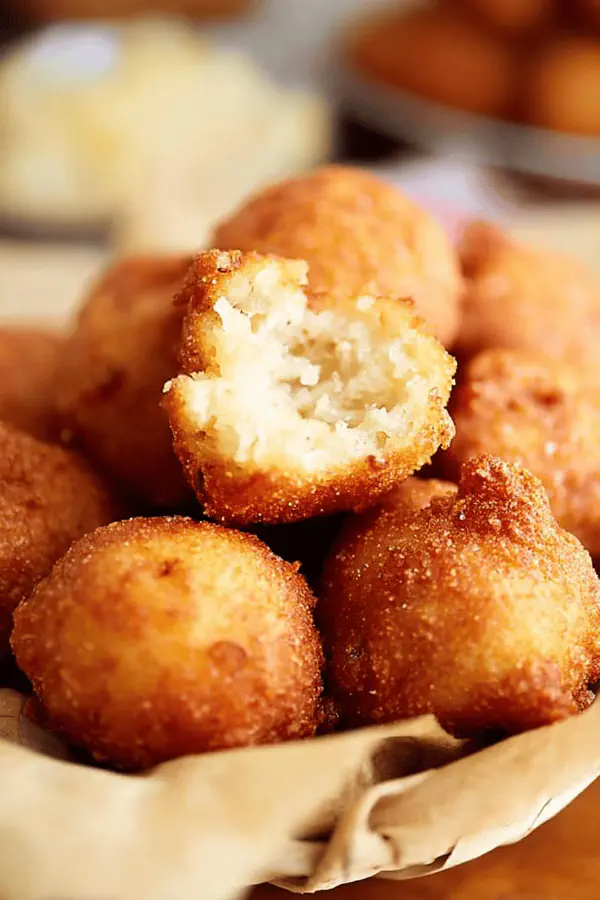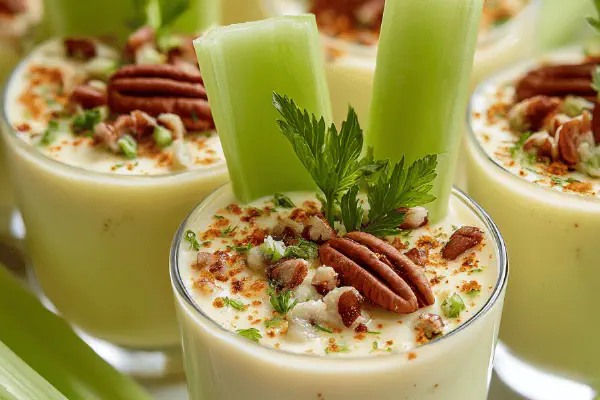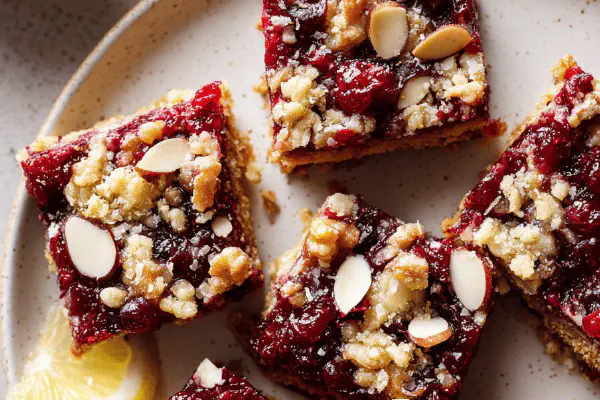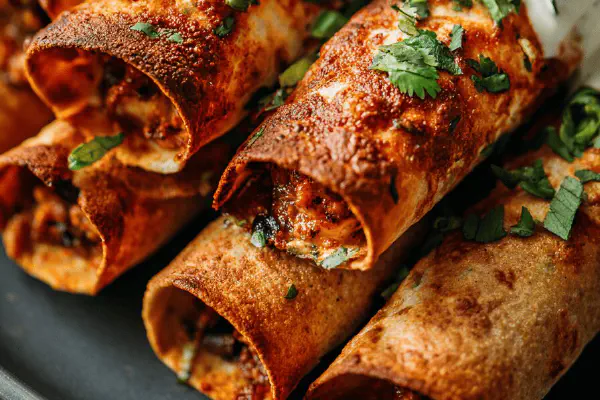Savory Sweet Onion Fritters

By Kate
Ingredients
About the ingredients
Method
Technique Tips
Chef's Notes
- 💡 Heat oil gradually. Watch for the thermometer. 345°F is crucial. Too low, fritters absorb grease. Too high, you burn outsides. Patience. Small batches only. Wait for golden brown edges. Sizzle shifts from loud to softer and quieter as they fry. Listen closely.
- 💡 If batter seems runny, add a pinch of flour. Too thick? A splash of buttermilk helps. Consistency matters. Don't rush mixing; just fold gently. Gritty texture is normal. Rest batter at least 7 minutes. This hydrates polenta. Ensures better crunch while keeping insides moist.
- 💡 Overcrowding the pan is a mess. Can't stress enough. Frying small batches stabilizes temp. All fritters need even heat. Drop gently in hot oil. Avoid splashes—safety first. Flip only once when edges turn amber. Shouldn’t fall apart. Crisp outside, soft inside.
- 💡 Drain fried fritters on wire rack over paper towels. Stacking them traps steam; sogginess happens fast. Keep warm in a low oven while frying next batches. 200°F is ideal. Crispness maintained. Serve quickly, flavor fades as they sit. Always hotter than warm.
- 💡 Buttermilk crucial for tenderness. If none, milk with lemon juice or vinegar works just fine. Maple syrup or malt syrup can swap honey. Adjust flavors however suits you. Use different onions like leeks or scallions if you want. Changes everything.
Kitchen Wisdom
What if my fritters are greasy?
Oil too low. Should be 340°F to 350°F. Don’t overcrowd. Let temp recover between batches. Small amounts fry better. Watch for bubble size and sound. Shifts in sizzle mean they’re done.
Can I prep batter ahead?
Best to fry fresh. Batter can rest 30 mins max, not more. Eventually, polenta loses hydration. Starches begin breaking down. Fry as soon as possible. Keeps texture on point.
Storage tips for leftovers?
Refrigerate in airtight container. Crispness goes stale. Reheat in oven. Not microwave; it ruins texture. 350°F for 10 minutes works. But they’re best fresh anyway. New batch, fingers crossed.
Why did my fritters fall apart?
Too much mixing; toughens the batter. Or too little oil when frying leads to sogginess. Use a slotted spoon for flipping only once. Ensure you’re using the right size for fritter drops.



